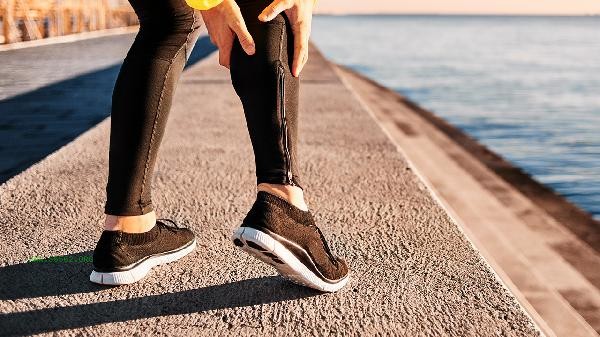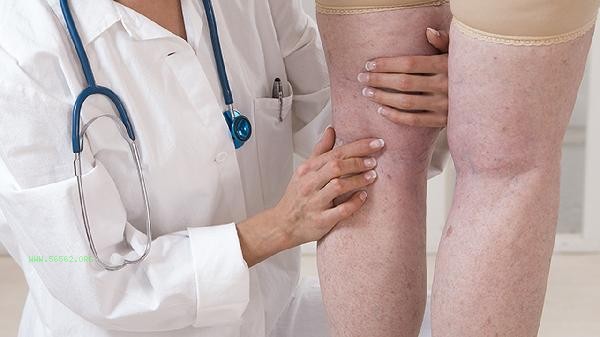The fat burning effect of 1000 high leg lifts varies from person to person, mainly depending on factors such as body weight, exercise intensity, and basal metabolic rate. High leg lift belongs to high-intensity interval training, which can quickly increase heart rate and help burn calories.

High leg lift exercise can effectively activate lower limb and core muscle groups by rapidly alternating leg lifts in a short period of time, and has a significant effect on improving cardiovascular function and calorie consumption. When people with higher body weight perform the same action, they burn more calories due to the need to overcome greater resistance. Maintaining a standard posture during exercise and avoiding compensatory force from the waist can improve fat burning efficiency and reduce the risk of injury.

Some individuals may not be able to complete 1000 high leg lifts at once due to differences in physical fitness, and can be grouped or have their leg lift amplitude reduced. For those with knee joint injuries, lumbar disc herniation and other problems, it is recommended to switch to low impact exercise. Proper hydration and protein supplementation after exercise can help with muscle recovery and sustained fat burning.

It is recommended to combine high leg lifts with other aerobic exercises, combined with dietary control, to achieve better weight loss effects. Warm up and stretch before and after exercise, adjust the intensity according to the body's reaction, and avoid excessive fatigue. Long term adherence to regular exercise is more beneficial for body fat management than a single high-intensity training session.






Comments (0)
Leave a Comment
No comments yet
Be the first to share your thoughts!